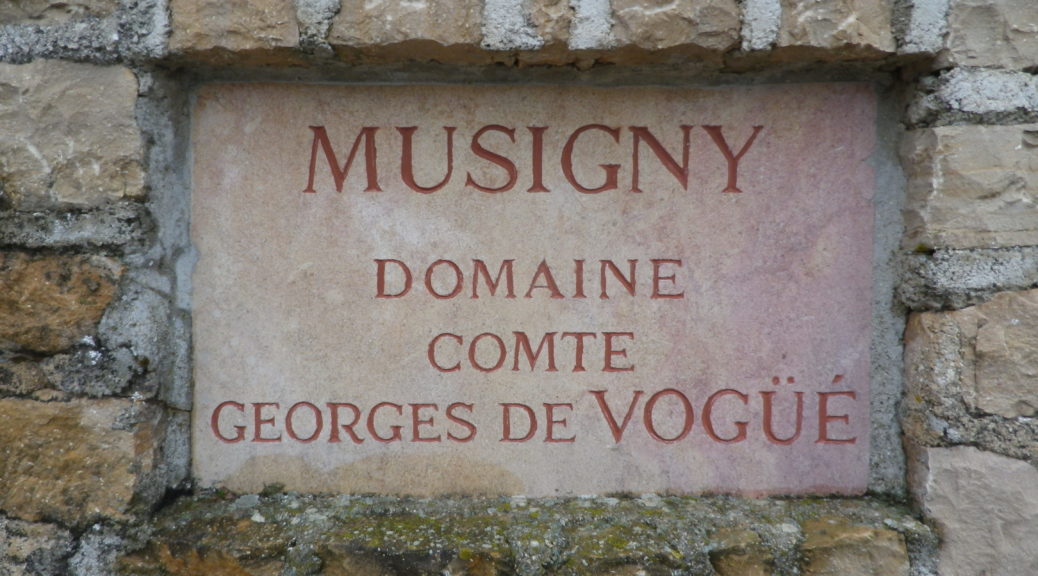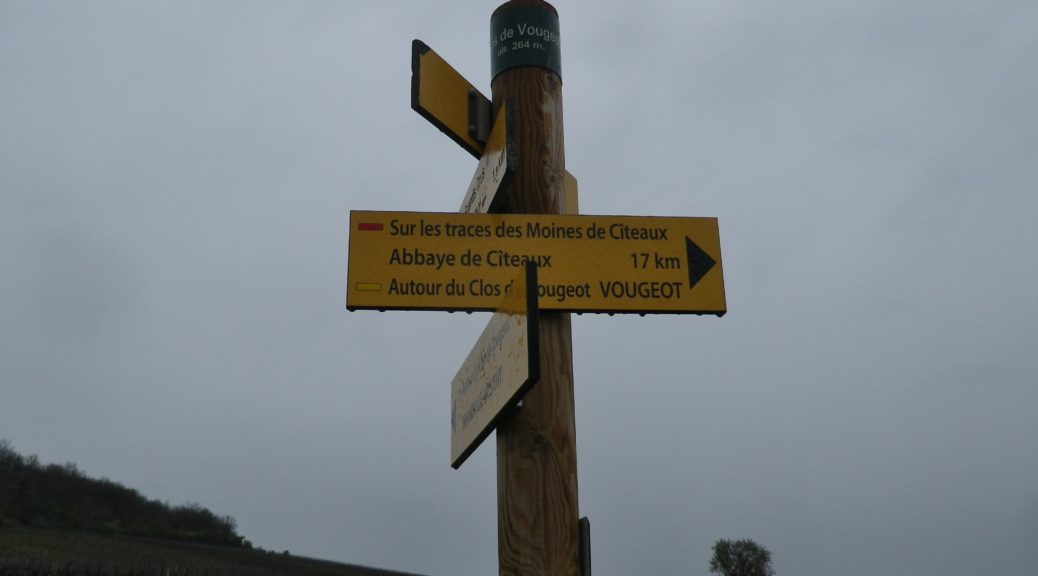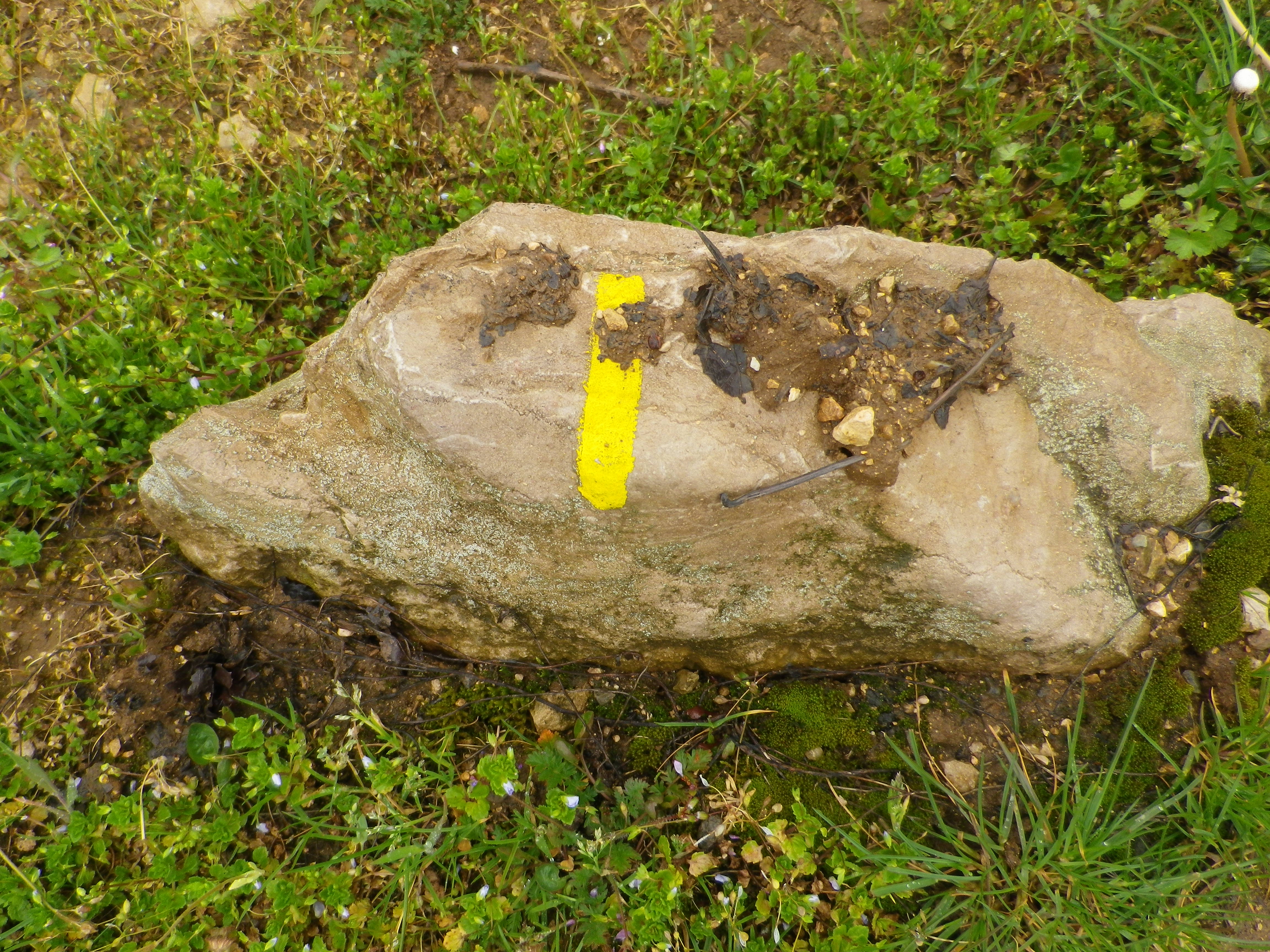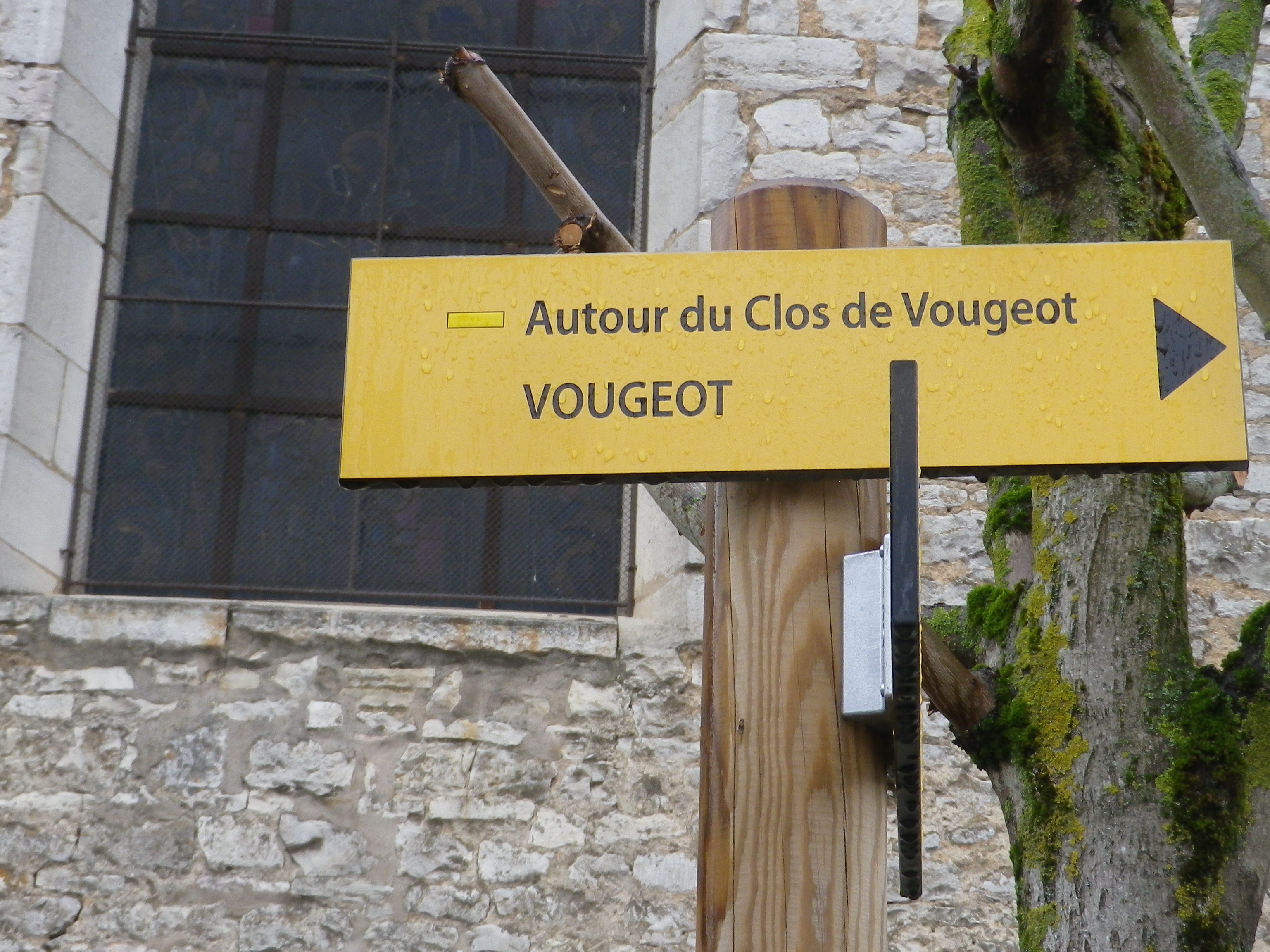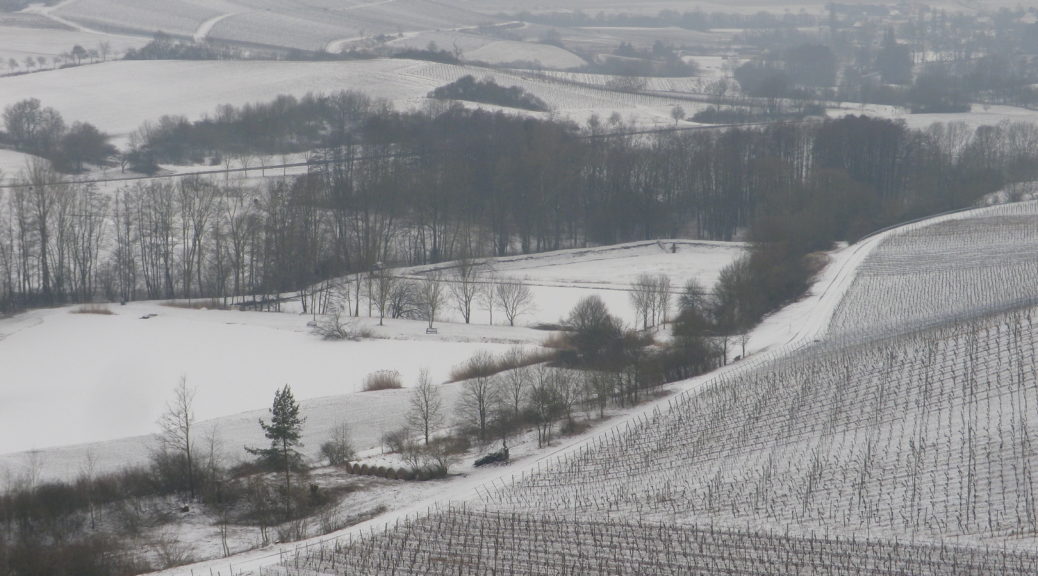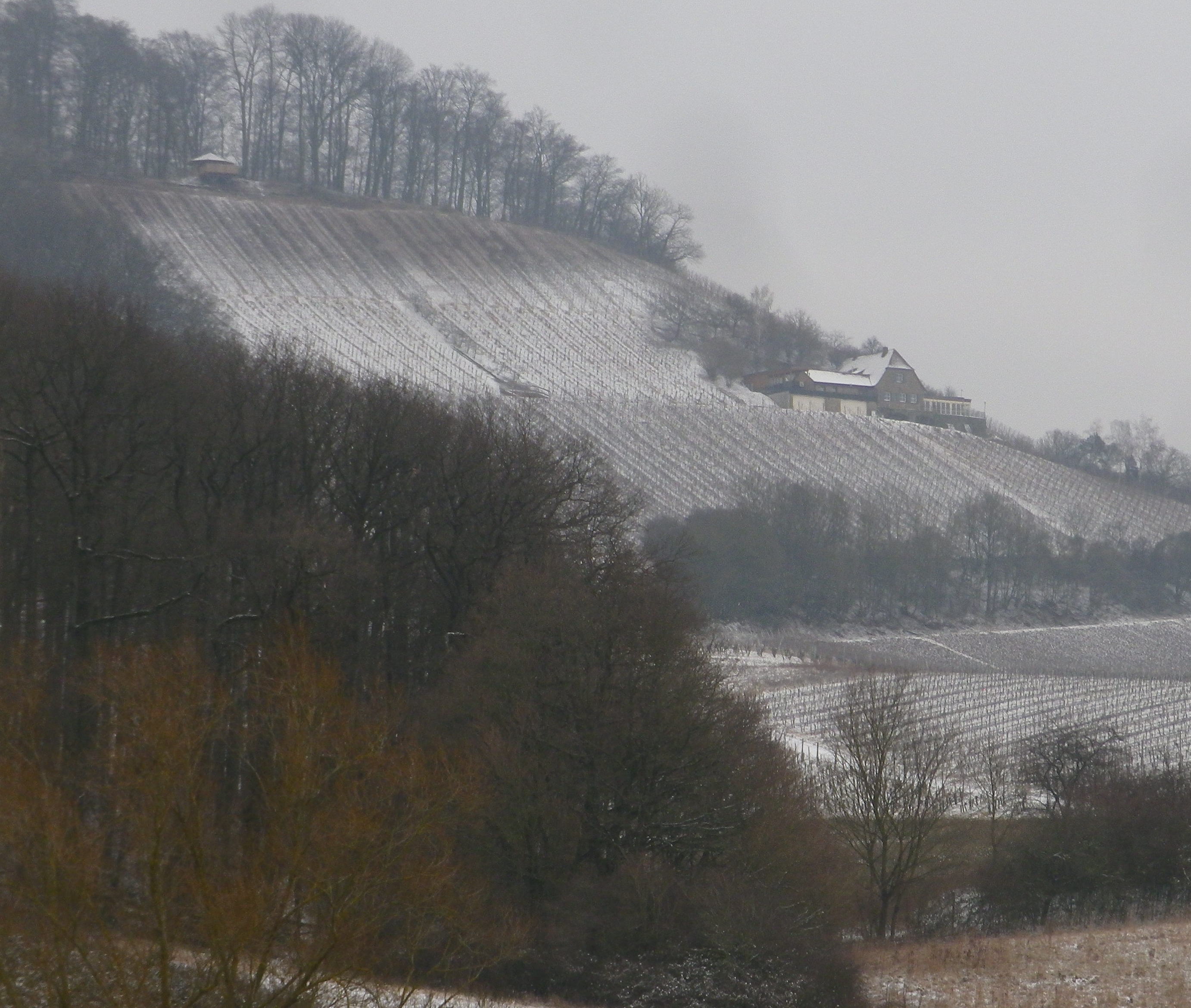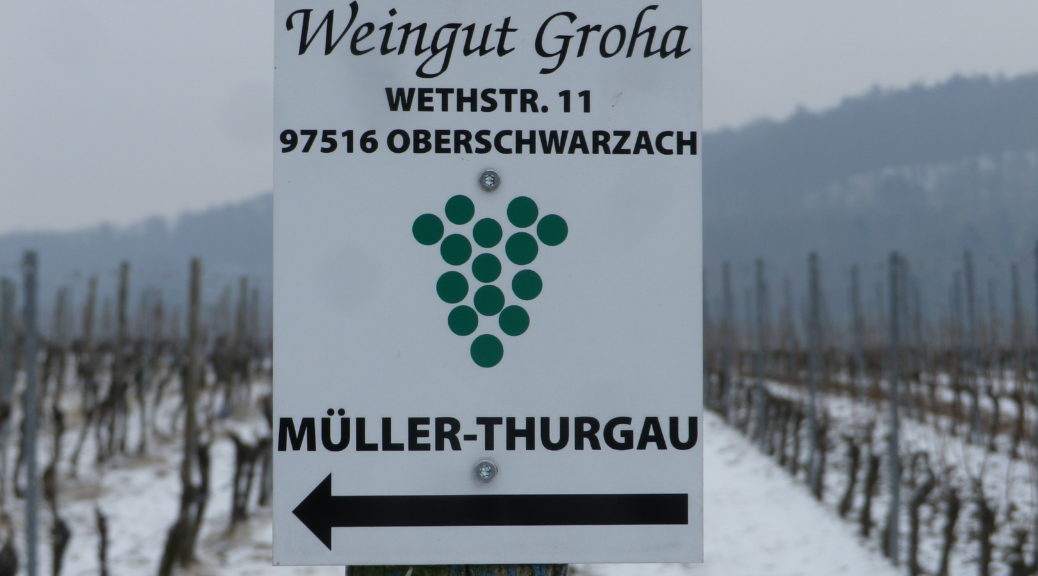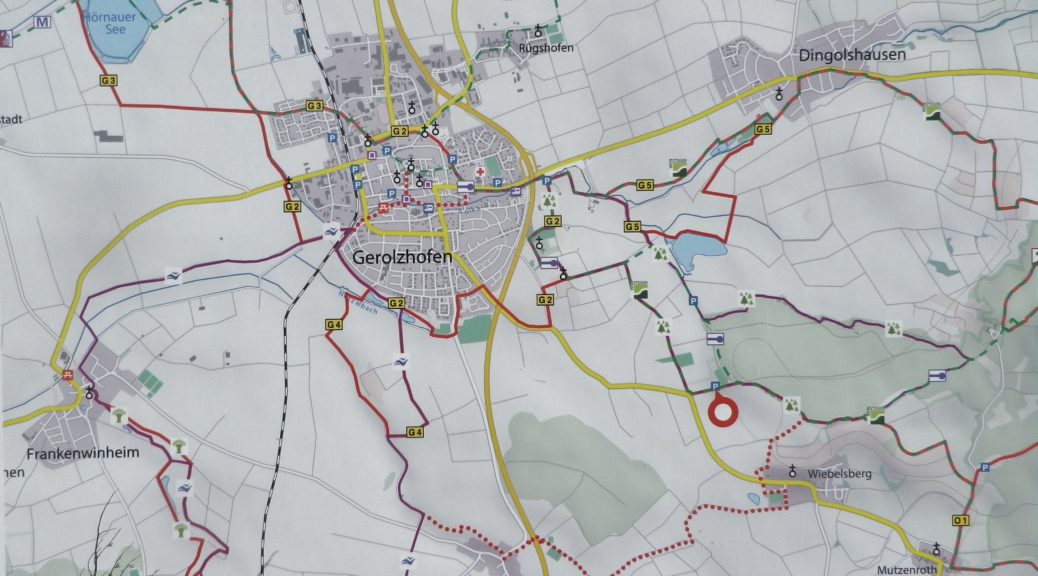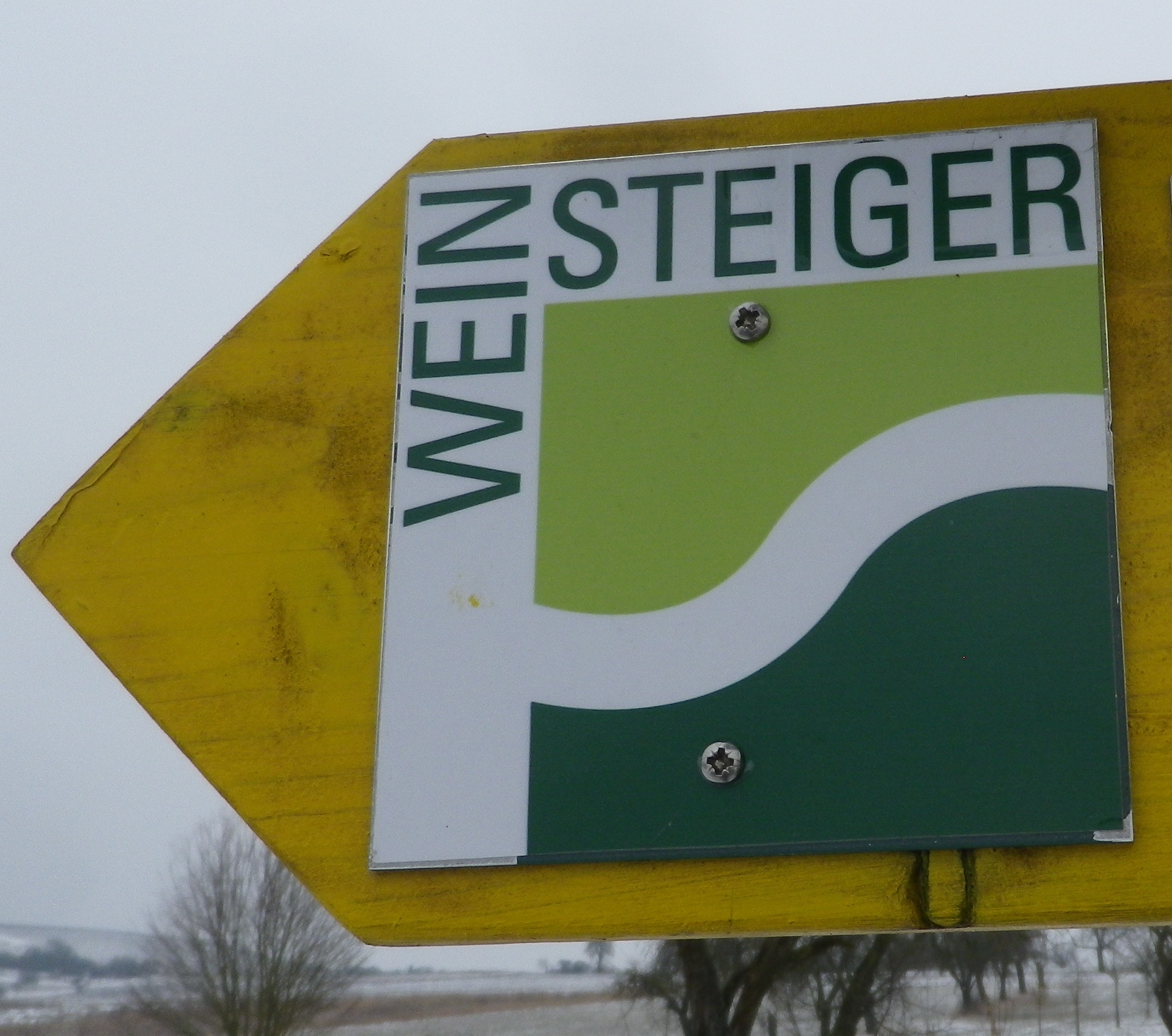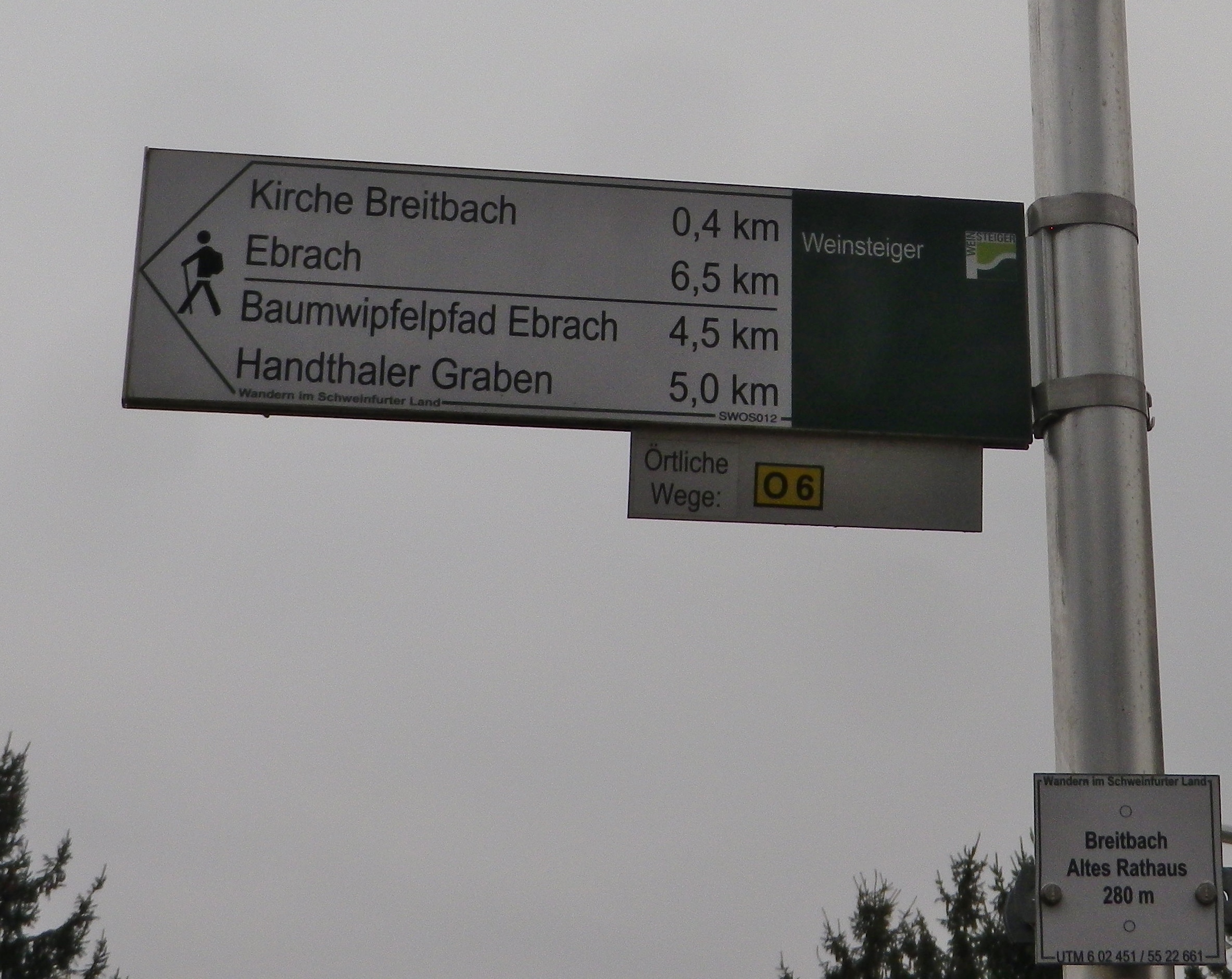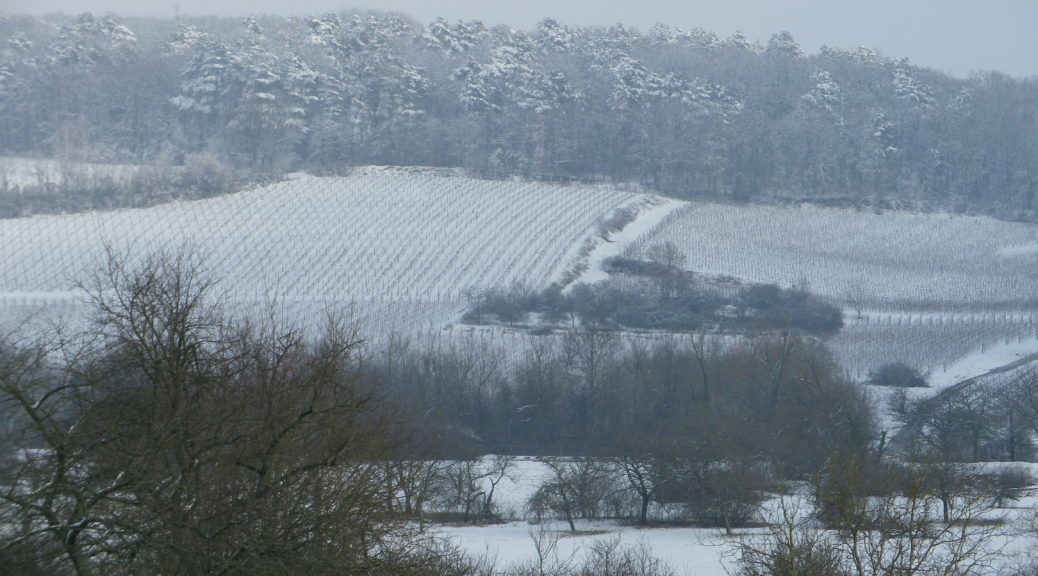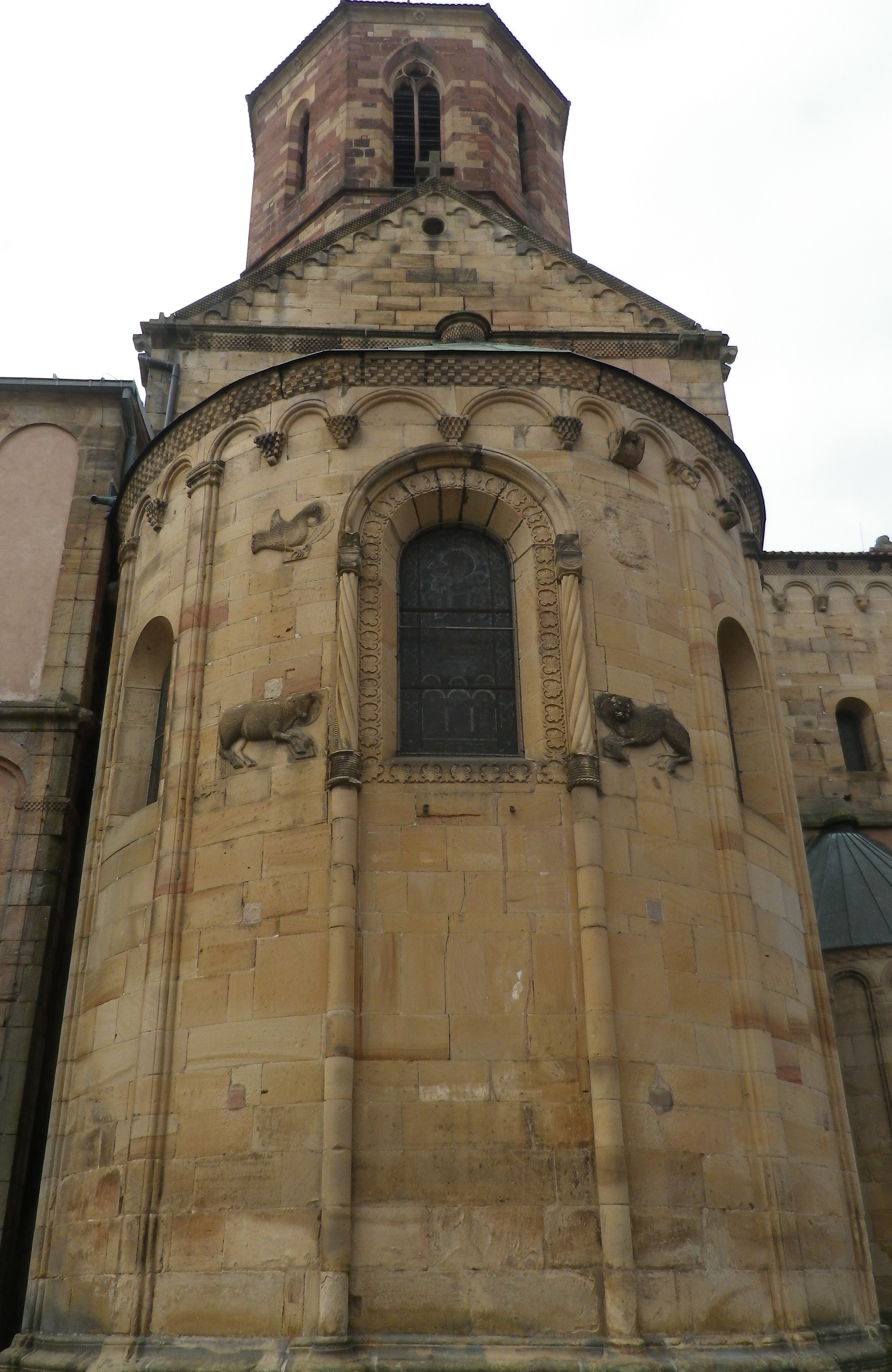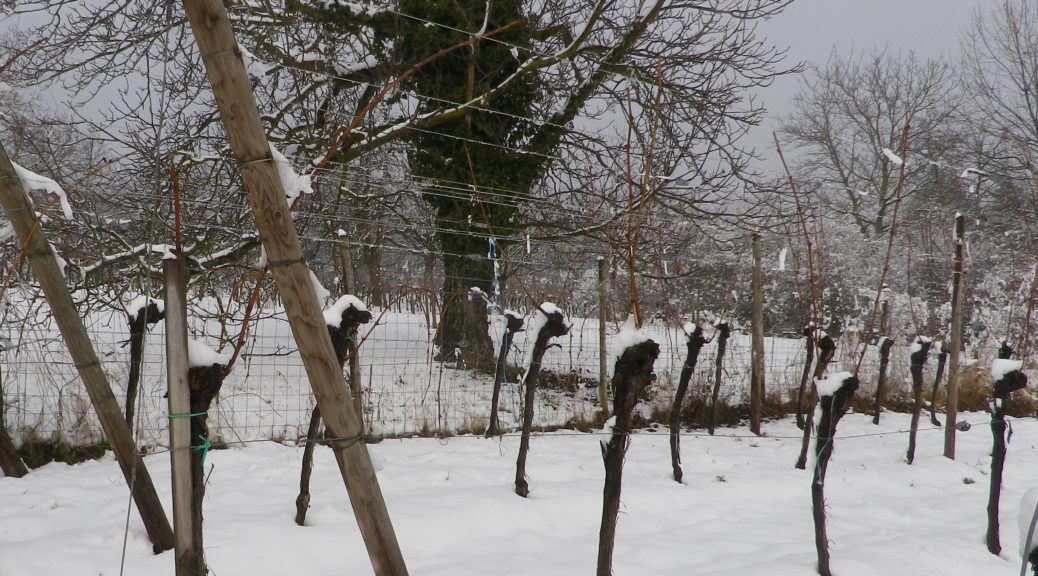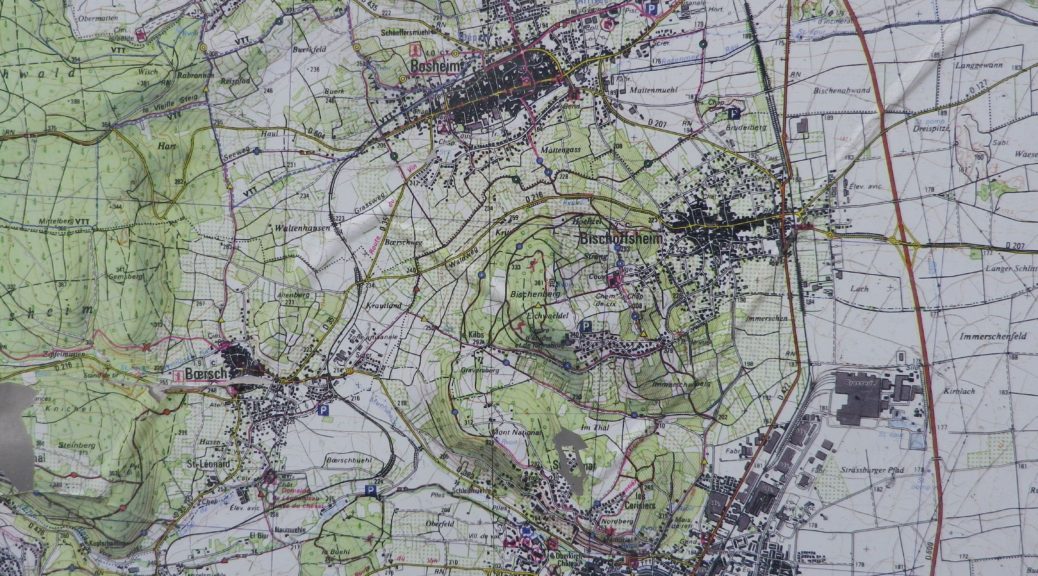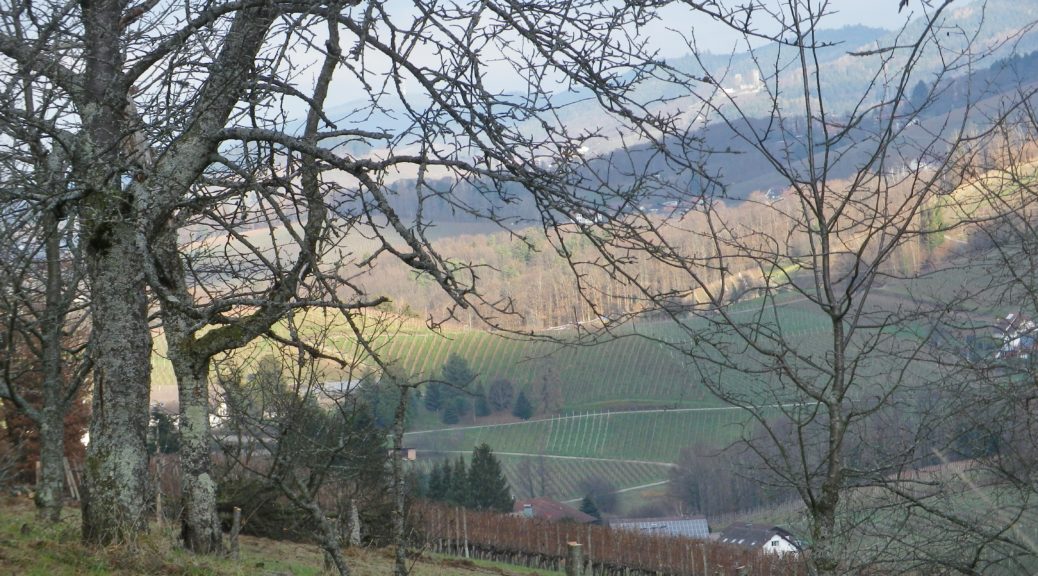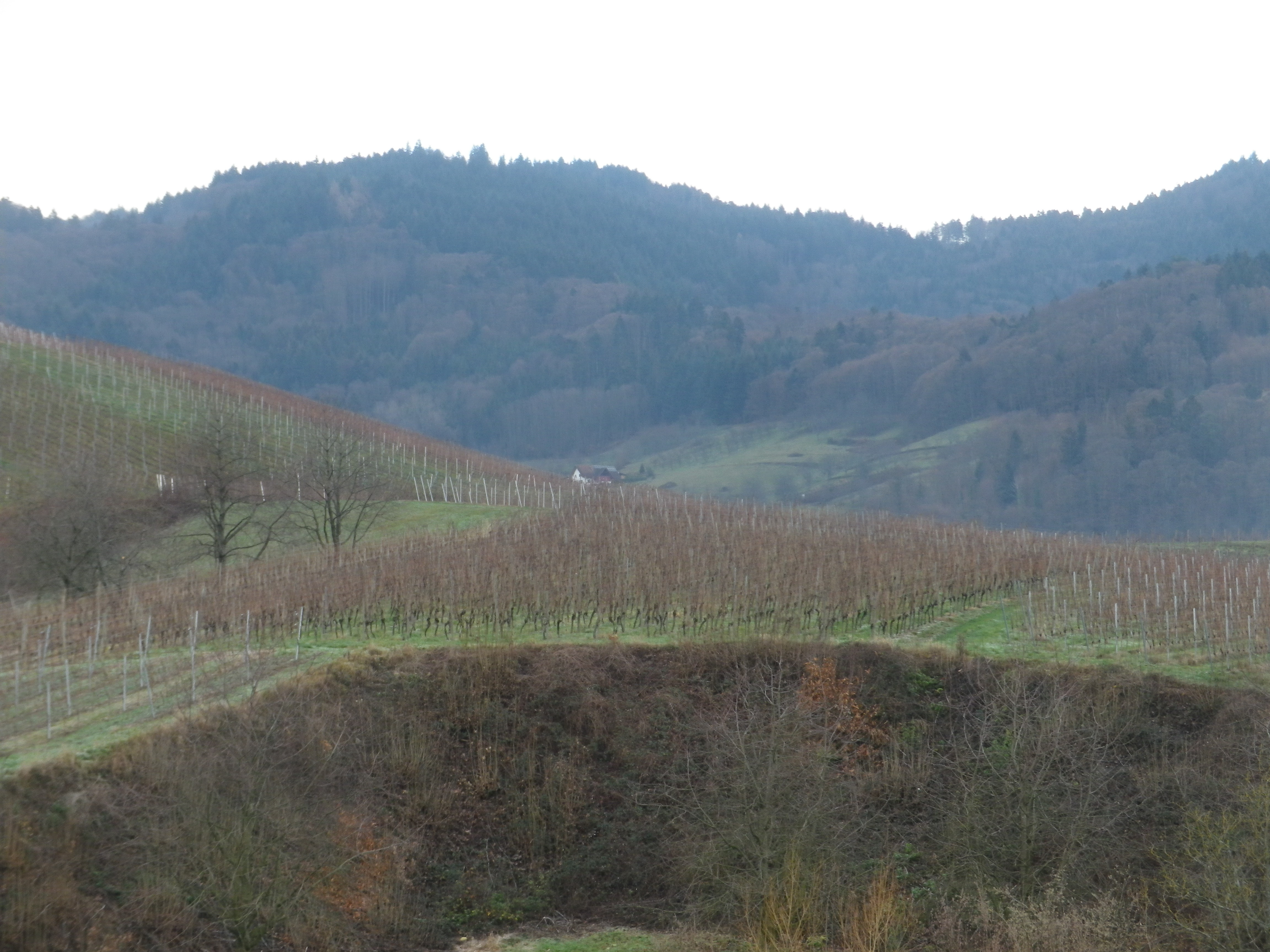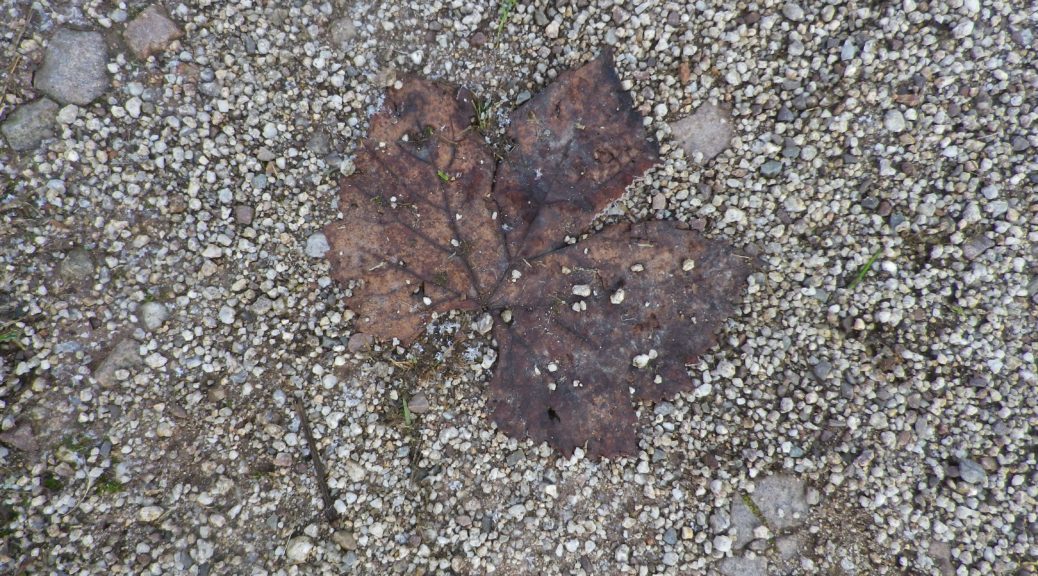What I Learned:
The Cote de Nuits refers to the northern half of Burgundy’s famous Cote D’Or (Golden Slope). (Whereas the southern half is known as the Cote de Beaune.) The northern, Cote de Nuits, section runs from south of Dijon to just south of Corgoloin in Burgundy.
There are eight villages/towns that fall within the Cote de Nuits growing area. The Grands Crus, the most prestigious vineyards, are well known because the most renowned have their names attached to the village they lie in. The village of Chambolle cites one of its most prestigious vineyards, Musigny, in its name – hence the village has become known as Chambolle-Musigny. Another nearby village-vineyard combination includes Morey-Saint Denis. But perhaps the most famous village, Vougeot, has no such hyphenated name. Its Grand-Cru is called Clos de Vougeot, in reference to the famous monastery vineyard. The wines from these Grands Crus are usually highly esteemed.
